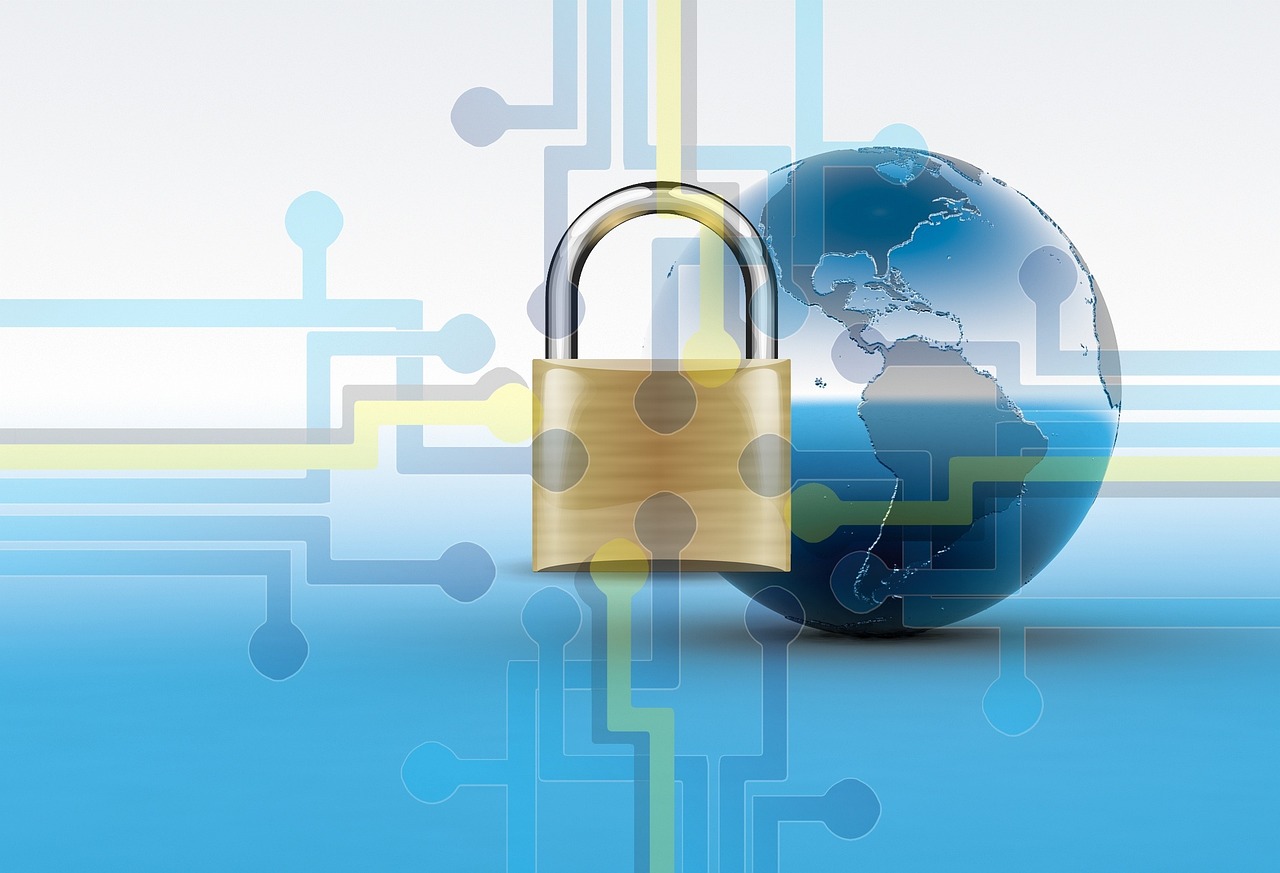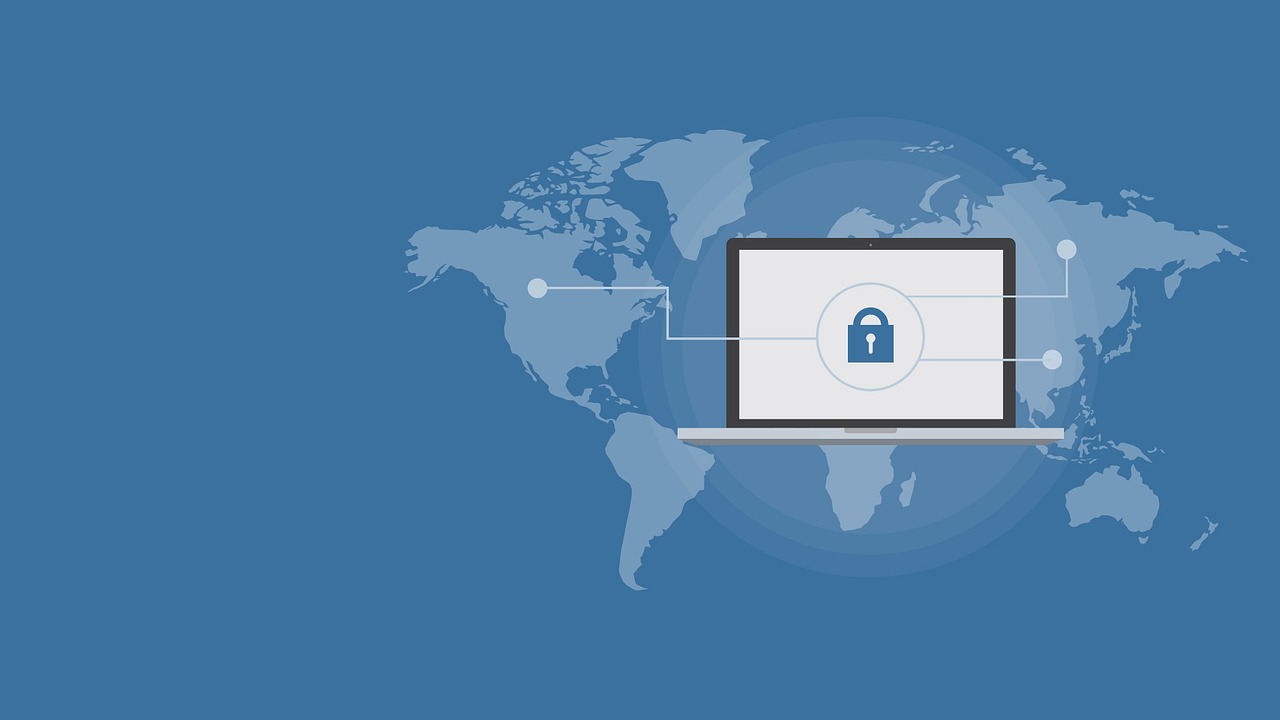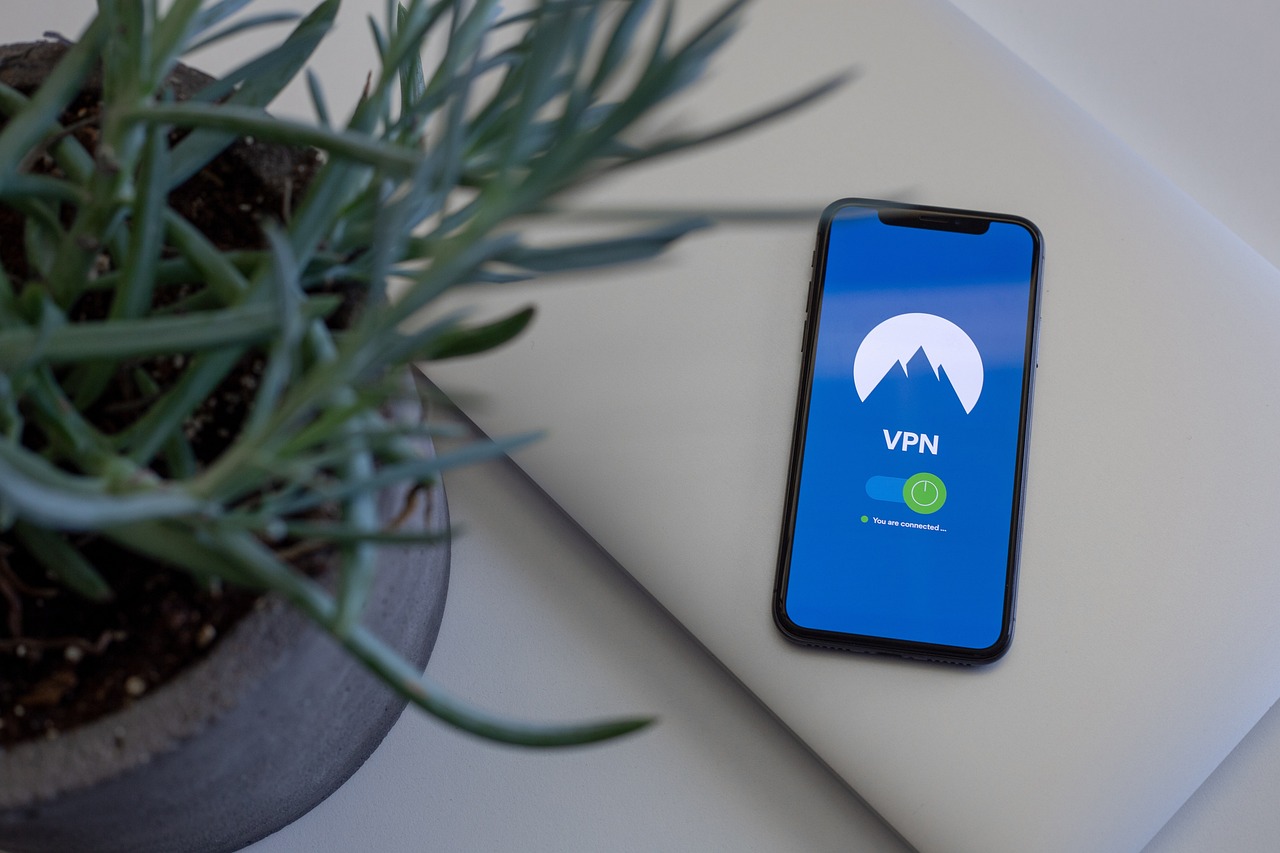
Firewall Policy Automation: Reinventing Cybersecurity Agility
Imagine your home connected directly to the internet without a door, window, or lock. Scary, right? That's essentially what it's like using a computer without a firewall. In today's interconnected world, protecting your digital assets is paramount. Firewalls are your first line of defense against malicious traffic, unauthorized access, and potential cyber threats. This blog post will delve into the world of firewalls, exploring their functionality, types, and why they are indispensable for individuals and organizations alike.
What is a Firewall?
Defining the Digital Barrier
At its core, a firewall is a network security system that monitors and controls incoming and outgoing network traffic based on predetermined security rules. Think of it as a gatekeeper for your network, inspecting every...









